A new study has provided critical insights into Gulf War illness, a chronic condition affecting veterans deployed during the 1990–1991 Gulf War. The findings are the most comprehensive to date that establishes an association between gut microbiome imbalance and Gulf War veterans, paving the way for new treatments.
Tag: machine learning algorithm
Hubble Goes Hunting for Small Main Belt Asteroids
Astronomers and volunteer citizen scientists used Hubble’s unique capabilities to identify a largely unseen population of very small asteroids. The treasure hunt required perusing 37,000 archived Hubble images spanning 19 years. The payoff? Finding 1,701 asteroid trails, with 1,031 of the asteroids previously uncatalogued. About 400 of these uncatalogued asteroids are smaller than 1 kilometer.
Machine-learning technique identifies people who would benefit most from treatment to reduce future cardiovascular disease risk
New UCLA research suggests that a novel machine-learning technique known as “causal forest” was about five times more efficient than the current clinical practice of treating patients with high blood pressure.
Digital Marker for Coronary Artery Disease Built by Researchers at Mount Sinai
Using machine learning and clinical data from electronic health records, researchers at the Icahn School of Medicine at Mount Sinai in New York constructed an in silico, or computer-derived, marker for coronary artery disease (CAD) to better measure clinically important characterizations of the disease.
Machine learning helps scientists peer (a second) into the future
The past may be a fixed and immutable point, but with the help of machine learning, the future can at times be more easily divined.
Mount Sinai Researchers Use Artificial Intelligence to Uncover the Cellular Origins of Alzheimer’s Disease and Other Cognitive Disorders
Deep learning models represent “an entirely new paradigm for studying dementia”
Mount Sinai Researchers Develop Machine Learning Model that Can Detect and Predict COVID-19 from Collected Data on Wearable Devices
Mount Sinai researchers have developed a machine learning algorithm that can determine if an individual has SARS-CoV-2 infections, the virus that causes COVID-19—with a high sensitivity and specificity—from the data collected by wearable devices.

Human-triggered California wildfires more severe than natural blazes
Irvine, Calif., June 6, 2022 – Human-caused wildfires in California are more ferocious than blazes sparked by lightning, a team led by scientists from the University of California, Irvine reported recently in the journal Nature Communications. The research could help scientists better understand fire severity and how likely a blaze is to kill trees and inflict long-term damage on an ecosystem in its path.
Machine learning algorithm predicts how genes are regulated in individual cells
Researchers have developed a software tool that identify the regulators of genes. The system leverages a machine learning algorithm to predict which transcription factors are most likely to be active in individual cells.
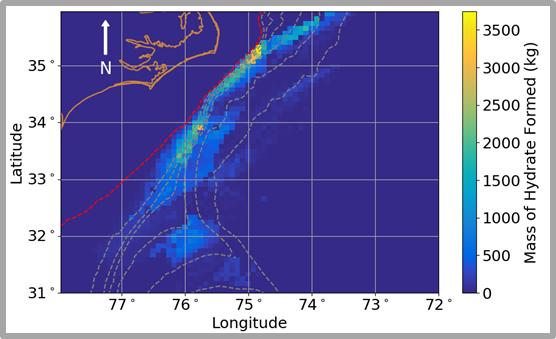
Finding fire and ice: Modeling the probability of methane hydrate deposits on the seafloor
A team of researchers from Sandia National Laboratories and the U.S. Naval Research Laboratory have developed a new system to model the likelihood of finding methane hydrate and methane gas that was tested in a region of seafloor off the coast of North Carolina. This test was published on March 14 in the scientific journal Geochemistry, Geophysics, Geosystems.
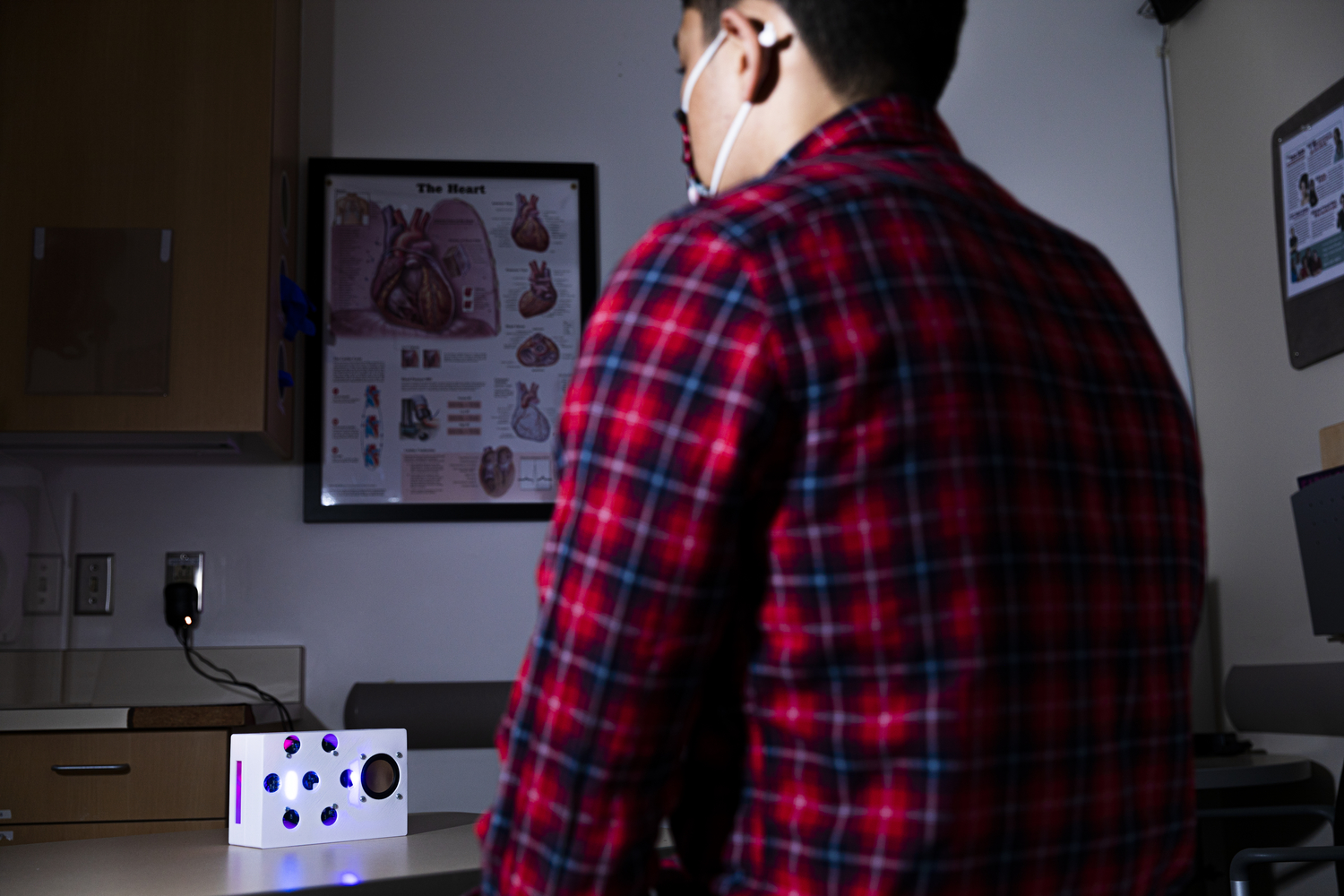
Alexa, do I have an irregular heart rhythm? First AI system for contactless monitoring of heart rhythm using smart speakers
University of Washington researchers have developed a new skill for a smart speaker that for the first time monitors both regular and irregular heartbeats without physical contact.

Machine Learning Trims Tuning Time for Electron Beam by 65 Percent
Linear accelerator operators use computer algorithms to automate some parts of the machine tuning process. These algorithms make fast decisions, but they have not previously incorporated fundamental physics or learned from past mistakes. A new machine learning algorithm learns both from experience and physics simulations to reduce the time needed for a part of the machine tuning process by 65 percent.
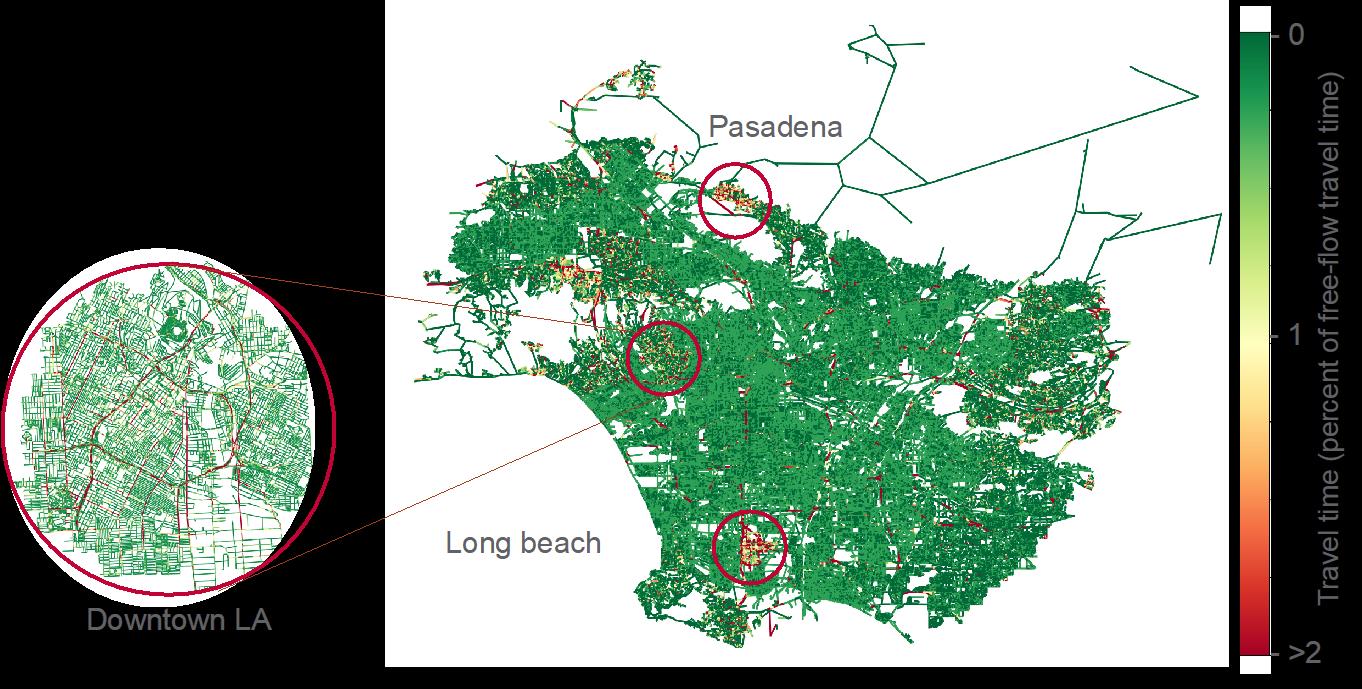
New Machine Learning Tool Tracks Urban Traffic Congestion
Using public data from the entire 1,500-square-mile Los Angeles metropolitan area, PNNL researchers reduced the time needed to create a traffic congestion model by an order of magnitude, from hours to minutes.
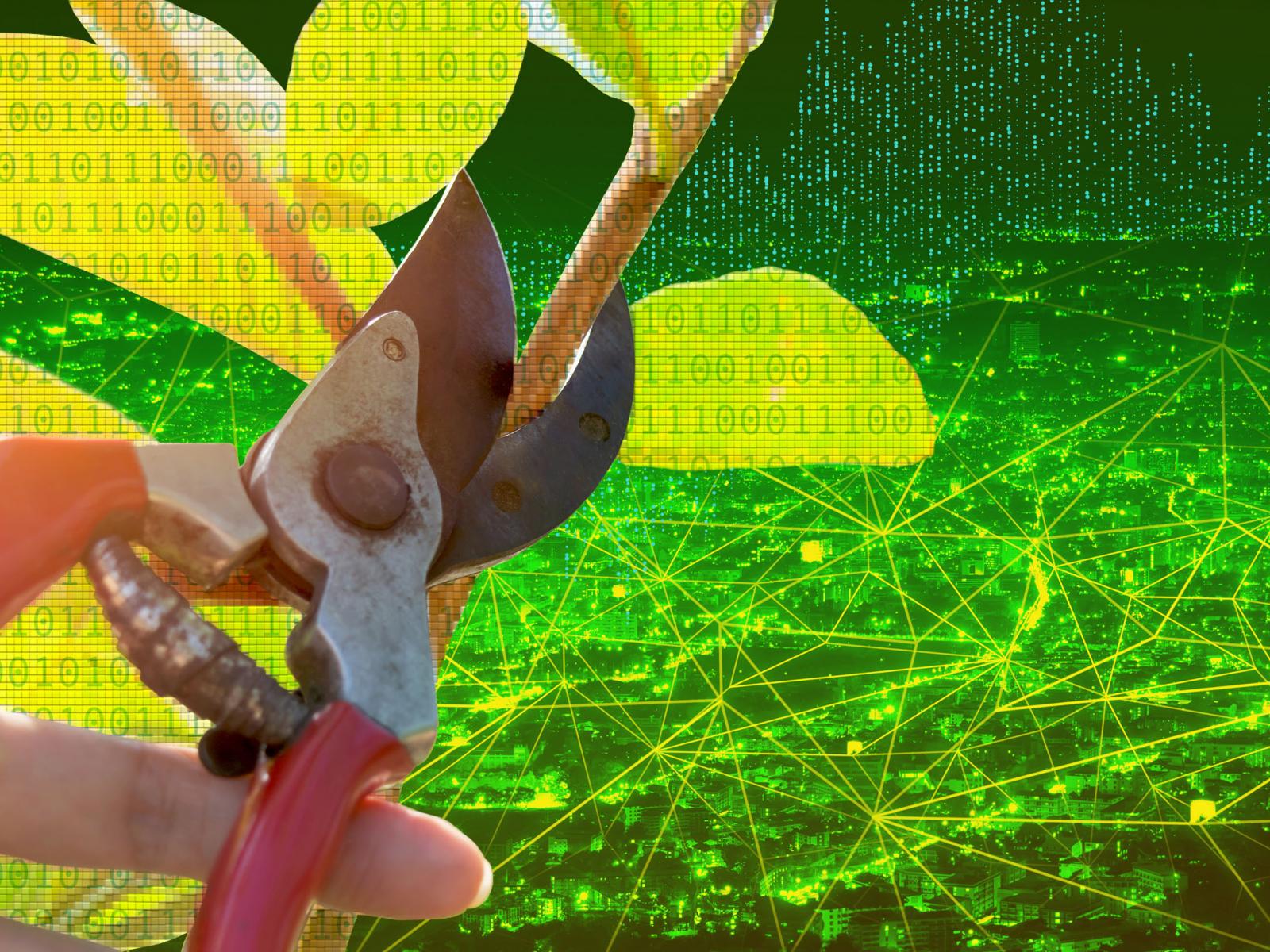
The Impact of Pruning
PNNL researchers have shown an improved binarized neural network can deliver a low-cost and low-energy computation to help the performance of smart devices and the power grid.
Artificial Intelligence Program Can Pick Best Candidates for Skin Cancer Treatment
Experts trained a computer to tell which skin cancer patients may benefit from drugs that keep tumors from shutting down the immune system’s attack on them, a new study finds.
Scientists voice concerns, call for transparency and reproducibility in AI research
In an article published in Nature on October 14, 2020, scientists at Princess Margaret Cancer Centre, University of Toronto, Stanford University, Johns Hopkins, Harvard School of Public Health, Massachusetts Institute of Technology, and others, challenge scientific journals to hold computational researchers to higher standards of transparency, and call for their colleagues to share their code, models and computational environments in publications.

Algorithm aims to alert consumers before they use illicit online pharmacies
In a study, a team of Penn State researchers report that an algorithm they developed may be able to spot illicit online pharmacies that could be providing customers with substandard medications without their knowledge, among other potential problems.
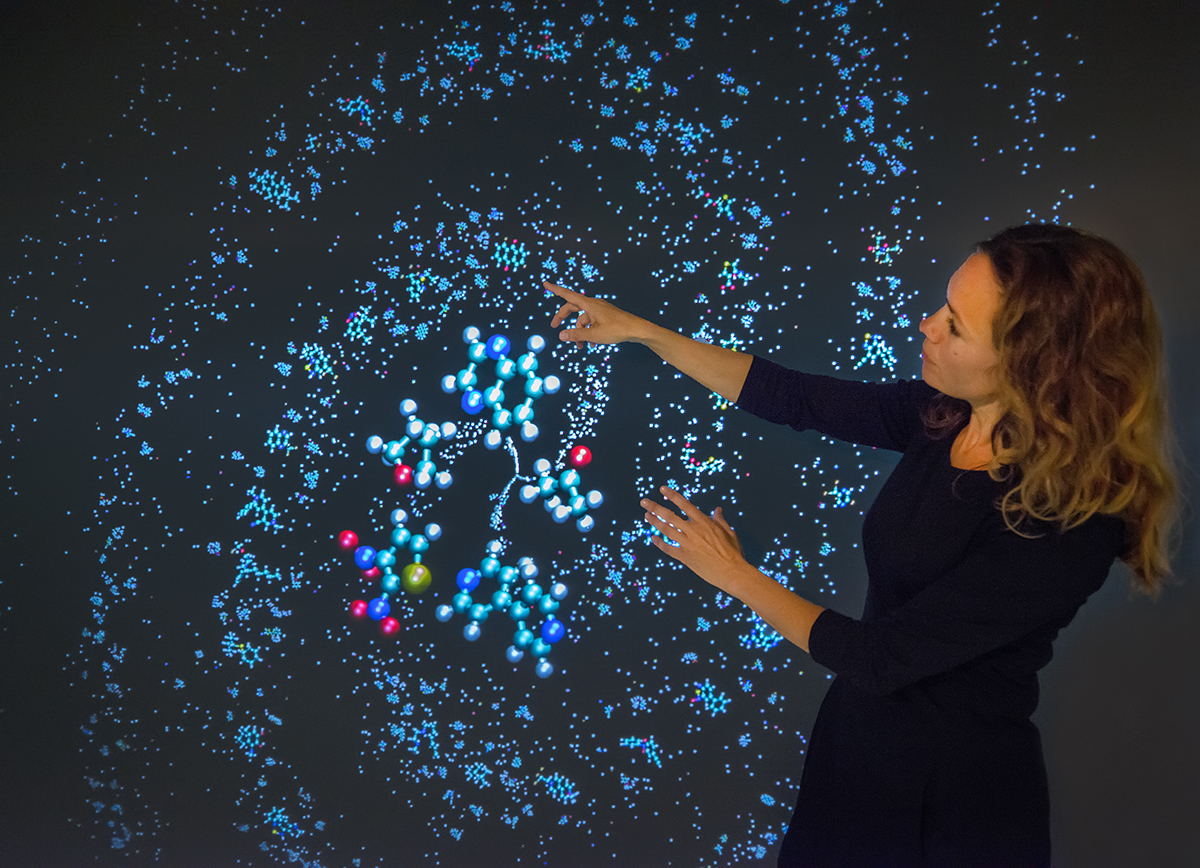
Making a Material World Better, Faster Now: Q&A With Materials Project Director Kristin Persson
Berkeley Lab’s Kristin Persson shares her thoughts on what inspired her to launch the Materials Project online database, the future of materials research and machine learning, and how she found her own way into a STEM career.

Computers scour satellite imagery to unveil Madagascar’s mysteries
Scientists may be a step closer to solving some of anthropology’s biggest mysteries thanks to a machine learning algorithm that can scour through remote sensing data, such as satellite imagery, looking for signs of human settlements, according to an international team of researchers.
CFN Staff Spotlight: Xiaohui Qu Bridges the Data Science-Materials Science Gap
As a staff member in the Theory and Computation Group at Brookhaven Lab’s Center for Functional Nanomaterials, Qu applies various approaches in artificial intelligence to analyze experimental and computational nanoscience data.
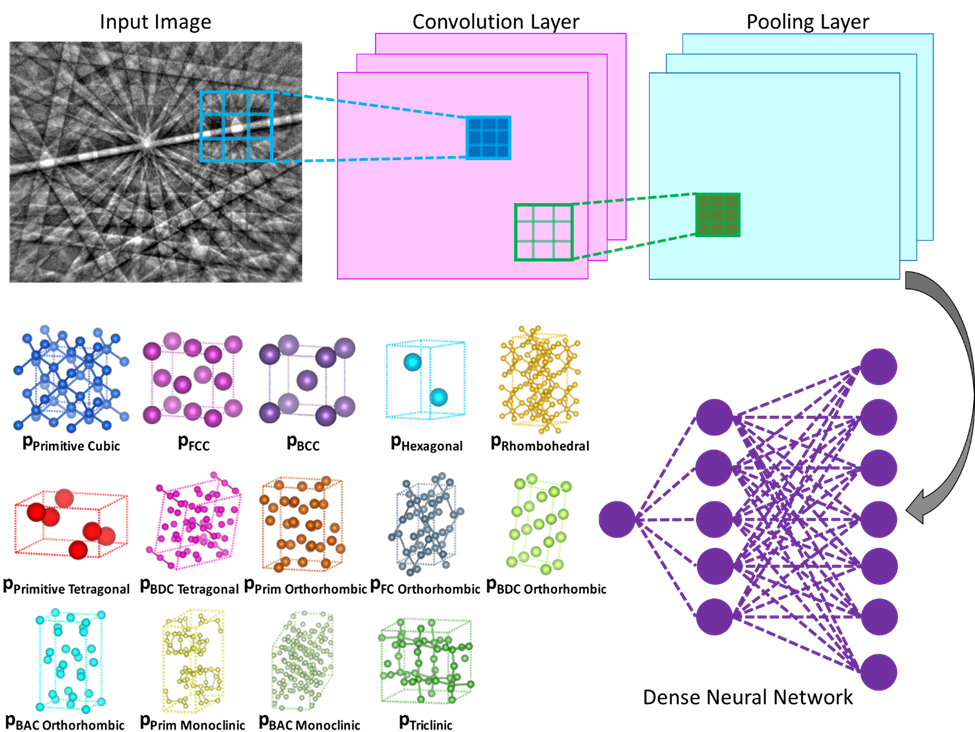
Machine learning technique speeds up crystal structure determination
A computer-based method could make it less labor-intensive to determine the crystal structures of various materials and molecules, including alloys, proteins and pharmaceuticals. The method uses a machine learning algorithm, similar to the type used in facial recognition and self-driving cars, to independently analyze electron diffraction patterns, and do so with at least 95% accuracy.
Algorithm Identifies Cancer Patients in Need of Advance Care Planning Conversations
The newly developed system prioritizes patients so that cancer doctors have conversations about their values and goals before it is too late.

Department of Energy Announces $21.4 Million for Quantum Information Science Research
The following news release was issued on Aug. 26, 2019 by the U.S. Department of Energy (DOE). It announces funding that DOE has awarded for research in quantum information science related to particle physics and fusion energy sciences. Scientists at DOE’s Brookhaven National Laboratory are principal investigators on two of the 21 funded projects.